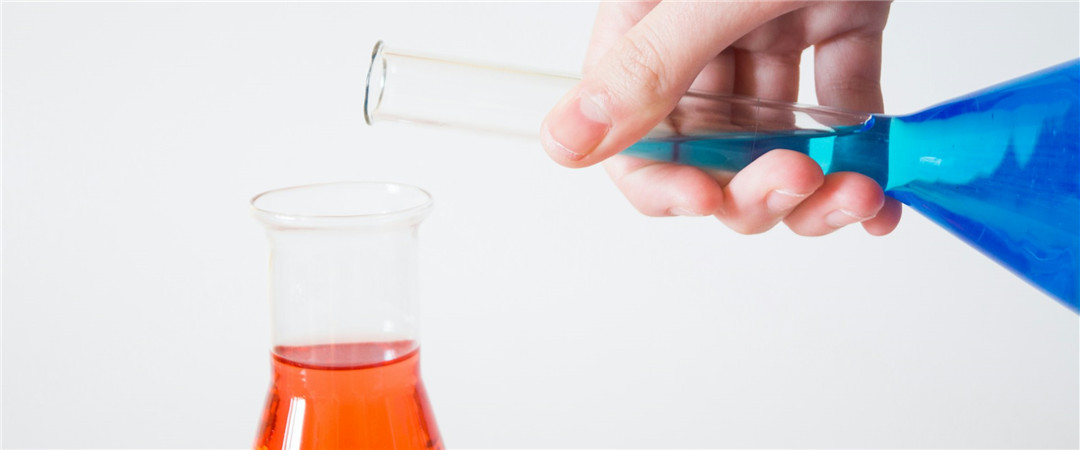[Q&A] Applying the ‘Carry-Over Principle’ in Food Additives
2024. 9. 13

Question: How is the “Carry-Over Principle” in the food additive industry applied in practice?
Answer: The “Carry-Over Principle” is stipulated in Article 3.4 of the “National Food Safety Standard for the Use of Food Additives (GB2760-2014)” (hereinafter referred to as “GB”). In simple terms, the “Carry-Over Principle” refers to a food additive (B) present in a food ingredient (A) being carried over into the final food product (C) through A, and is permitted under the conditions specified in GB.
The “Carry-Over Principle” can be divided into (1) “Passive Carry-Over” (Article 3.4.1) and (2) “Active Carry-Over” (Article 3.4.2). According to GB requirements and practical experience, (1) “Passive Carry-Over” must meet the following conditions:
1. The food additive is allowed to be used in the food ingredient.
2. The amount of the additive in the food ingredient does not exceed the maximum usage level specified in GB.
3. These ingredients should be used in normal production processes, and the content of the additive in the final product (food) should not exceed the level brought in by the ingredient.
4. The content of the additive brought into the food by the ingredient should be significantly lower than the level usually required if directly added to the food.
For example, benzoic acid is not allowed in cooked meat products but is allowed in soy sauce. If soy sauce is used as an ingredient in cooked meat products, the benzoic acid brought in by the soy sauce is permitted, but the detected benzoic acid content should not exceed the reasonable level brought in by the soy sauce.
On the other hand, “Active Carry-Over” must meet the following conditions:
1. According to GB, the food additive is allowed to be used in the final product (food), but the amount in the food should comply with GB requirements.
2. The ingredient containing the food additive can only be used as a raw material for specific final food products.
3. The food label must clearly indicate that the ingredient containing the food additive is used for the production of the specific food.
For example, β-carotene oil-soluble colorant added to special pastry fats can play a fully dispersed and uniform role, and this special fat is used in various pastries.
The main difference between “Passive Carry-Over” and “Active Carry-Over” lies in whether the carried-over food additive is allowed to be added to the final product and whether it plays a technological role. The former is not allowed to be added to the final product and does not play a technological role after being carried over through the “Carry-Over Principle”; the latter is allowed to be added to the final product and plays a technological role.
In China, the use of food additives must strictly comply with GB. For some food additives that cannot be directly used in food ingredients or final products (food), the “Carry-Over Principle” can be considered. However, it is important to confirm whether the range, usage amount, and labeling of food additives allowed in food ingredients or final products comply with relevant GB requirements.